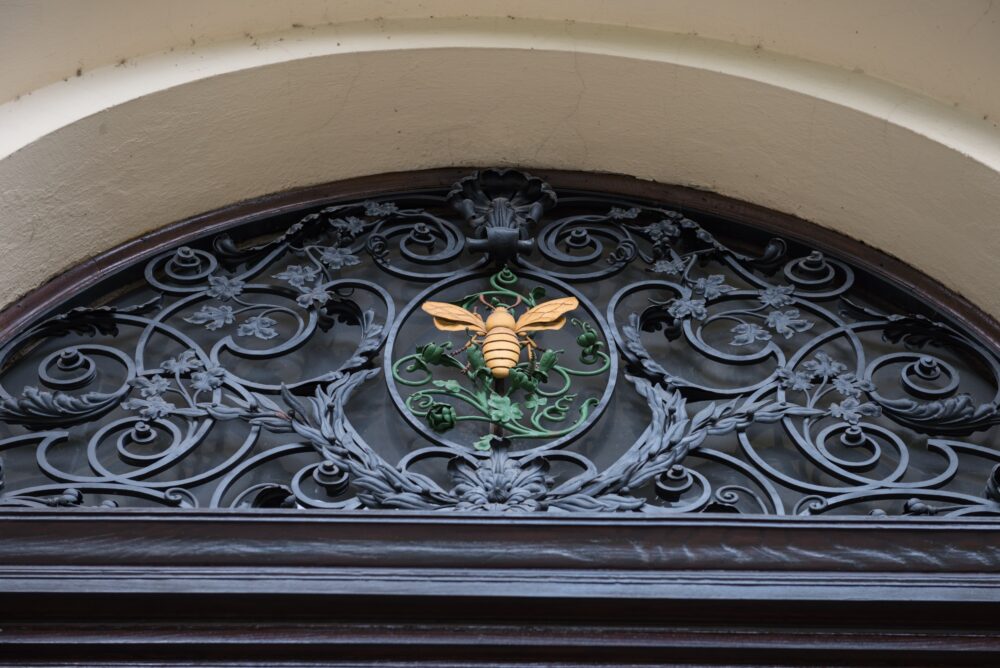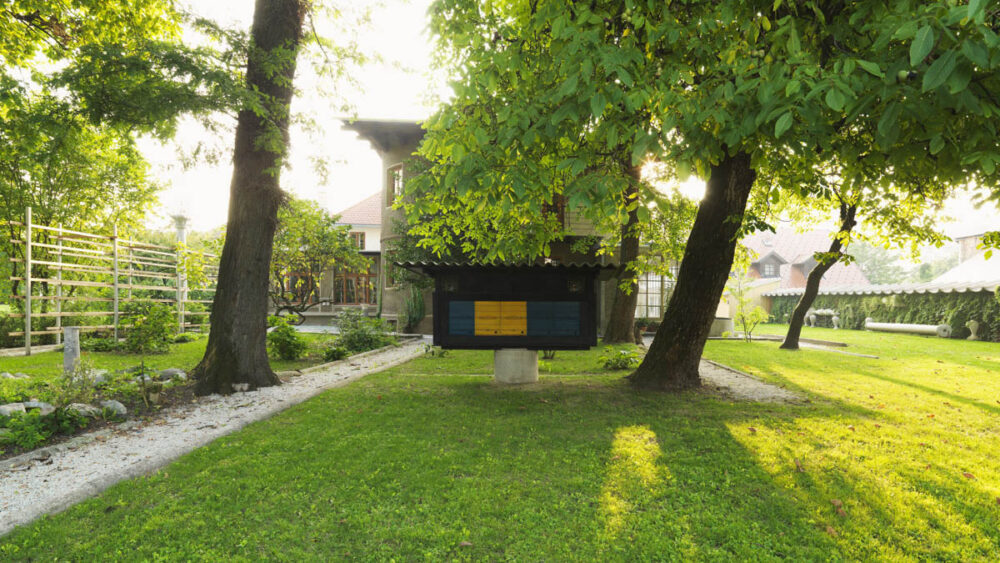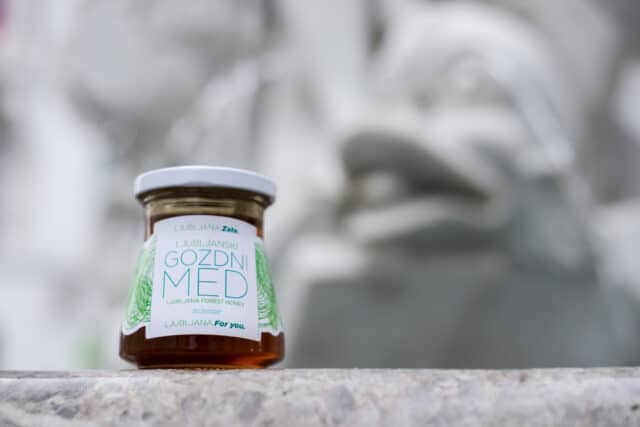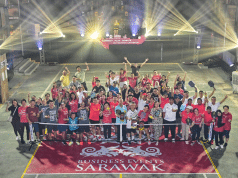Last week, in Part One on the Bee Path of Ljubljana, we wrote on how Ljubljana was included in the FAO UN celebration of the World Bee Day organised under the title ‘Bee Engaged’. Ljubljana’s Bee Path, that has been established in 2016, is today a well-sought tourist activity in Slovenia’s capital that is booming with greenery and honey plants. This time, in Part Two, we are presenting the continuation of Ljubljana’s Bee story.
The Bee Path of Ljubljana forms a Bee Path group of 35 members who promote different activities regarding urban beekeeping and co-existence with bees in Ljubljana. Their aim is to deliver messages of the importance of environmental protection, food self-sufficiency, and preservation of biodiversity. Due to the member’s join efforts and achievements, bees are slowly becoming an increasingly important part of Ljubljana’s everyday life.

Beekeepers in Ljubljana are organised into four beekeeping societies and honey produced in the area of the City of Ljubljana is of very high quality. In fact, Ljubljana’s honey is used as a protocol gift and it can be either forest, chestnut or flower taste. Honey carries the label Slovenian honey with protected geographical indication. At the competitions on a national level, honey from the city of Ljubljana frequently receives high scores. The honey’s very high quality is obtained because the city greenery is not treated against pests. There are no pesticides, free acids, residues of heavy metals or genetically modified organisms. The Ljubljana honey is purer than honey from intensively cultivated agricultural areas.
The City of Ljubljana additionally takes care of its bees by planting perennials, small flowering plants that grow and bloom over the spring and summer, with many honey plants among them. And this is not a difficult task for Ljubljana to find new areas to plant flowers, as the Slovenia’s capital is remarkably rich in green areas, with an incredible 542 m2 per inhabitant. Direct access to the countryside is possible from the city centre itself.
Bee Path is organised to welcome all sets of visitors. »Individuals or companies carrying out diverse activities with which they are contributing to the well-being of bees in the city,« says the City of Ljubljana on its Municipality’s website. A congress guest to Ljubljana, interested in the importance of bees and our future, can taste many products and gets indulged into newly opened horizons into the importance of beekeeping not just for Slovenia, but for the world.

The Bee Path takes on a walking guided tour around the city and its outskirts. It runs from Ljubljana Central Market, to the Slovenian Ethnographic Museum with a visit to Plečnik’s Lectarija museum shops, to the Castle, through the Fleischmann tree-lined lane to the Botanical Garden and a visit to the Carniolan apiary, etc.
At the Plečnik House, for example, the house where the famous Slovenian architect Jože Plečnik lived and worked, visitors can admire his garden laid out with flowerbeds, bushes, tall tress, a rockery, a bench, and little paths as well as an original apiary that he designed. The path also takes to Medex store in the centre of Ljubljana where visitors can get natural Slovenian honey and unique handmade honey-based gift items. Also Hotel Park is the part of the Bee Path as it has on its roof a real beehive for Carniolan honey bee, an indigenous and protected as such Slovenian subspecies of bee, the second most widespread bee in the world.

A truly innovative approach that the Bee Path provides for the tomorrow of our world is maintained under the umbrella project, the BeePathNetProject (URBACT III Transfer Network) which aims to become a European Story and is, thus, a work in progress – growing and evolving on a daily basis. »The Bee Path is a good example of cooperation between beekeepers, citizens, private companies and the city administration. New products are developed which promote beekeeping in the city. They combine natural and cultural heritage, cuisine, visits to the beehives in the green areas of the city as well as on the 13 terraces above the city,« says Urbact.














